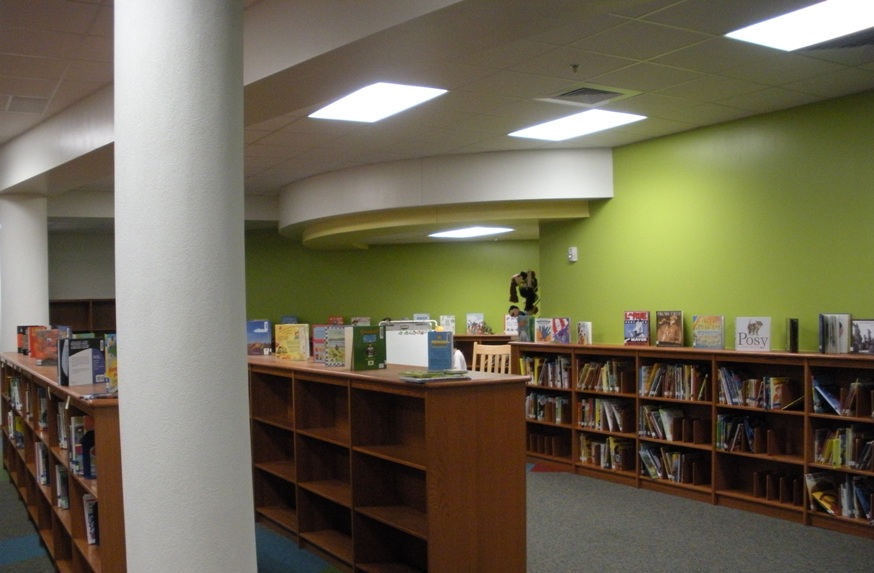
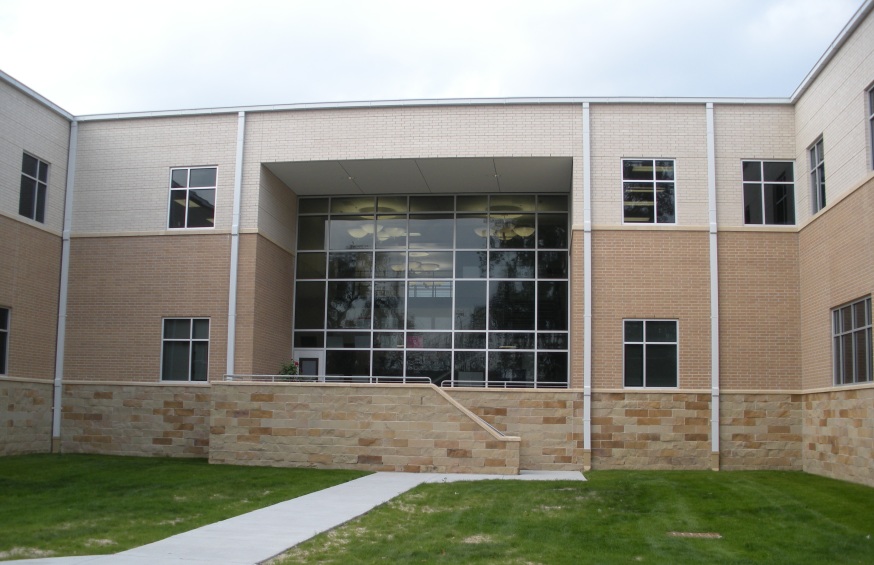

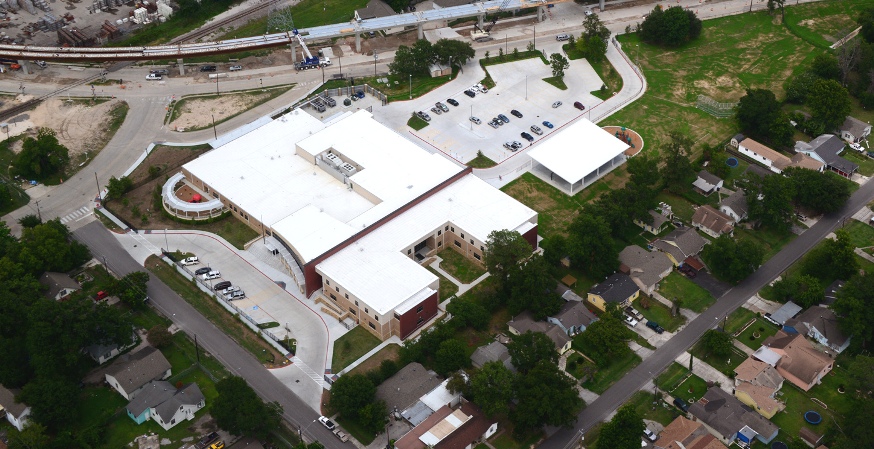
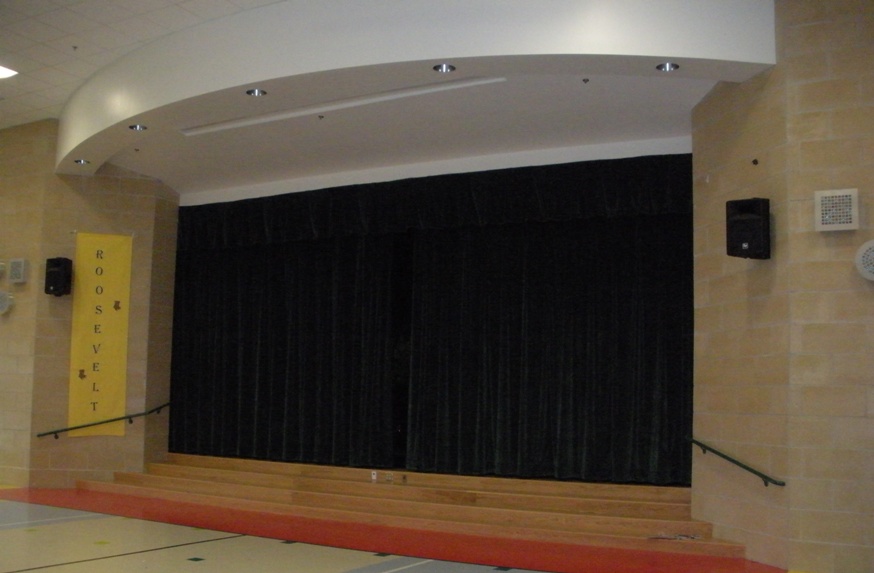
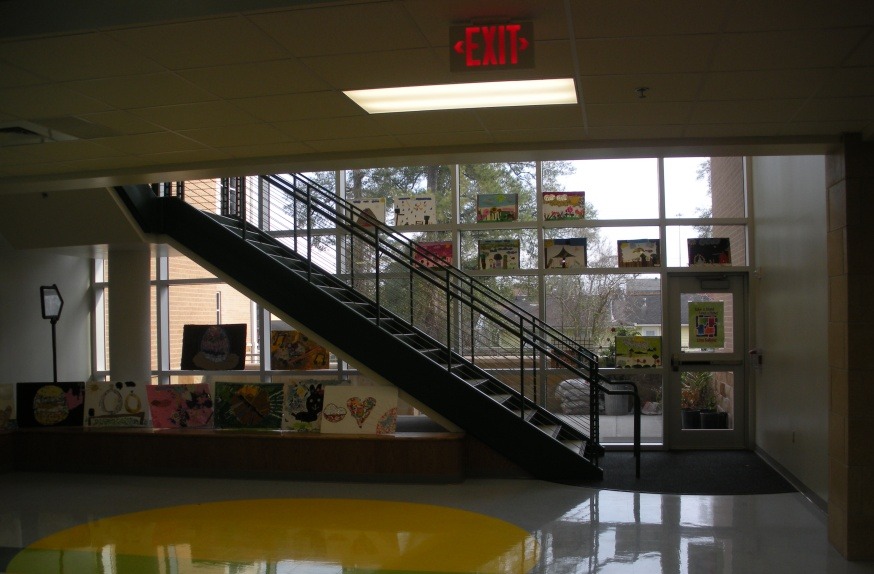
Home > Portfolio > Green Building > Green Building Projects > HISD Roosevelt Elementary School
HISD Roosevelt Elementary School
Additional Info:
• Location: Houston, Texas
• Completed: April, 2012
• Square Feet: 86,000
• Owner: Houston Independent School District
• Architect: RWS Architects
In the midst of Houston, Texas, stands the new Roosevelt Elementary, a testament to modern architectural genius and environmentally responsible construction. Built using a ‘CM at Risk’ bidding process, this 2-story marvel was designed to seamlessly integrate into the existing urban landscape, yet provide a sprawling, state-of-the-art facility for Pre-K/K through 5th-grade students.
Highlight Features:
- Innovative Two-Story Design: Despite site constraints, the two-story layout of the school ensures maximum utilization of space, accommodating a comprehensive learning environment for young scholars.
- Operational During Construction: A unique aspect of this project was the continuation of the existing Roosevelt Elementary School during the construction phase, ensuring no interruption to students’ education.
- Mitigation Pond: Addressing flood management concerns, a 3.7-acre feet off-site mitigation pond was integrated into the project.
- Wholesome Infrastructure: Beyond classrooms, the school boasts a plethora of facilities including ample parking space, three dedicated zones for drop-offs and pickups, covered play areas, and expansive playfields.
- Phased Completion: While the new Roosevelt Elementary was ready by August 2011, the old school’s demolition and the development of new amenities, like the parking lot, extended till April 2012.
- Sustainability at its Core: The school doesn’t just focus on modern teaching methods but also on sustainable construction. This project is in the process of securing a LEED certification, emphasizing its commitment to environmental conservation.
Partnering with RWS Architects and patronized by the Houston Independent School District, Roosevelt Elementary is a shining example of how city constraints can be transformed into innovative educational spaces that are both functional and green.
